What is the difference between Antigua, Vivette Nango and Farahan coffee beans in Guatemala?
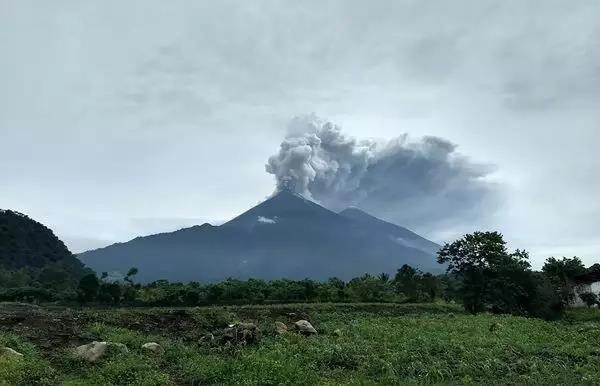
Professional coffee knowledge exchange more coffee bean information please follow the coffee workshop (Wechat official account cafe_style)
Evaluation | what is the difference between Antigua, Vivette Nan and Farahan in Guatemala?
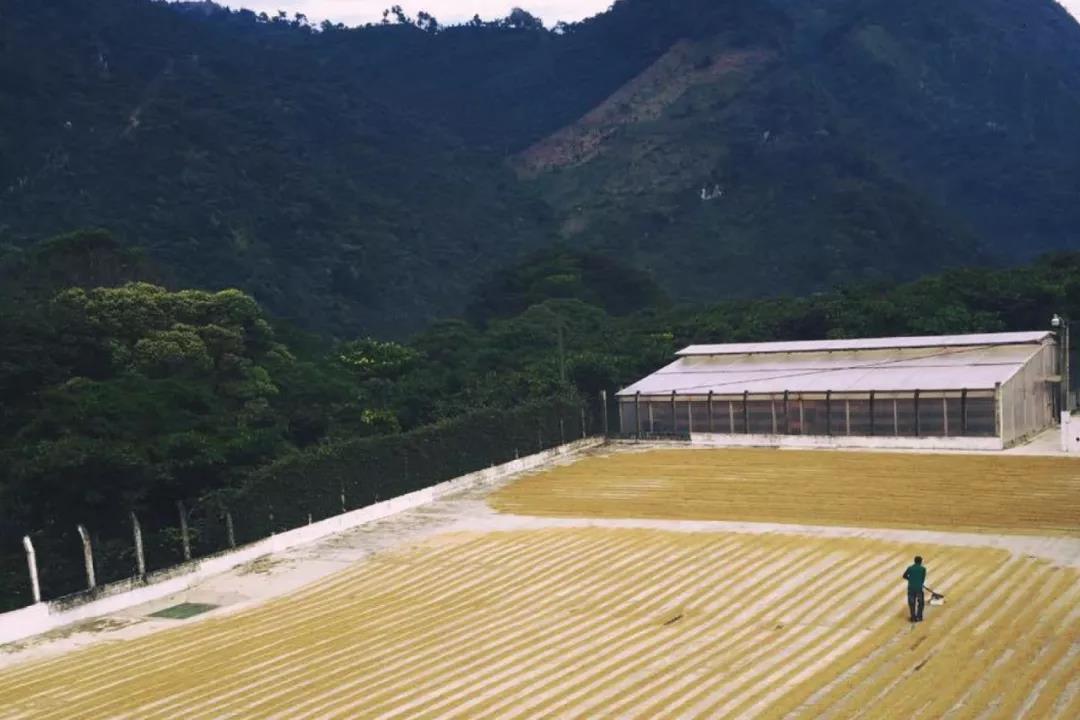
Guatemalan coffee is very famous, located in Central America, where the geographical environment is unique, north and North America, south and South America border. Facing the Caribbean Sea and the Gulf of Mexico, the climate is relatively hot and humid, and it has always been an important coffee producing area in the world.
Guatemala is located in the tropics with many volcanoes. The northern and eastern coastal plains have a tropical rain forest climate, while the southern mountains have a subtropical climate. The year is divided into two dry and wet seasons, with the wet season from May to October and the dry season from November to April of the following year. The annual precipitation is 2000ml / 3000mm in the northeast and 500m / 1000mm in the south.
Coffee from eight different places:
Eight regions are divided into Antigua producing area (Antigua Classic), Vivette Nanguo producing area (Huehuetenango), Koban Rainforest producing area (Rainforest Coban), Attilan producing area (Traditional Atitlan), Farahannis Plain producing area (Fraijanes Plateau), San Marco producing area (Volcanic San Marcos), Akatian Fruit producing area (Acatenango) and New Oriental producing area (New Oriente).
So what is the difference between Antigua and Vivette South Fruit and Farahan among these producing areas?
As it happens, we also have several Guatemalan beans in our store. [God of Flowers] [Polsa] [Latisha] each has its own characteristics, so what's the difference between them?
Producing areas:
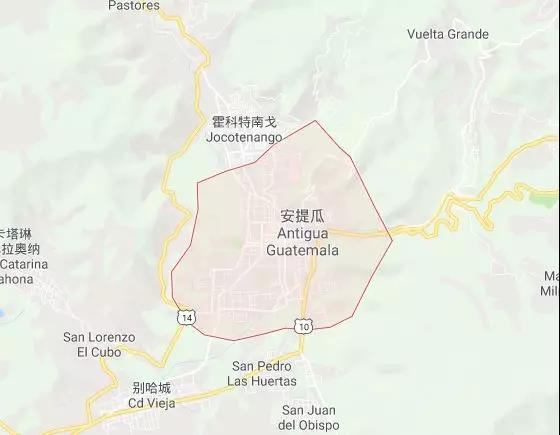
[flower God]: Antigua producing area
Antigua has little rainfall in summer and occasionally frosts because it is too cold in winter, which is actually not suitable for the growth of coffee trees, but fortunately it is located in the active volcanic zone. After the volcanic light stone falls into the soil after cooling, because these light stones have many fine holes, they are very easy to moisturize. In addition, a large number of shade trees are planted in the manor, so that coffee trees will not suffer cold damage in winter, these factors to overcome adverse conditions. Coupled with the great temperature difference between day and night, Antigua forms a unique micro-climate, making the coffee beans here have a light smoky flavor and strong fruity aroma.
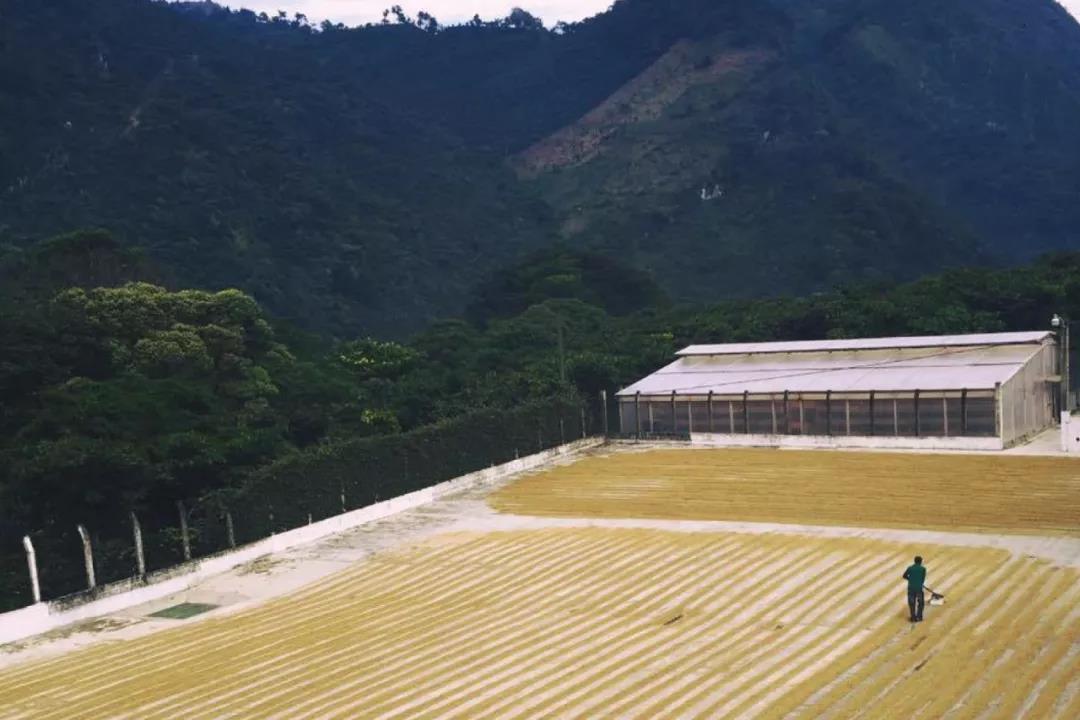
[Polsa]: Vivette South Fruit producing area
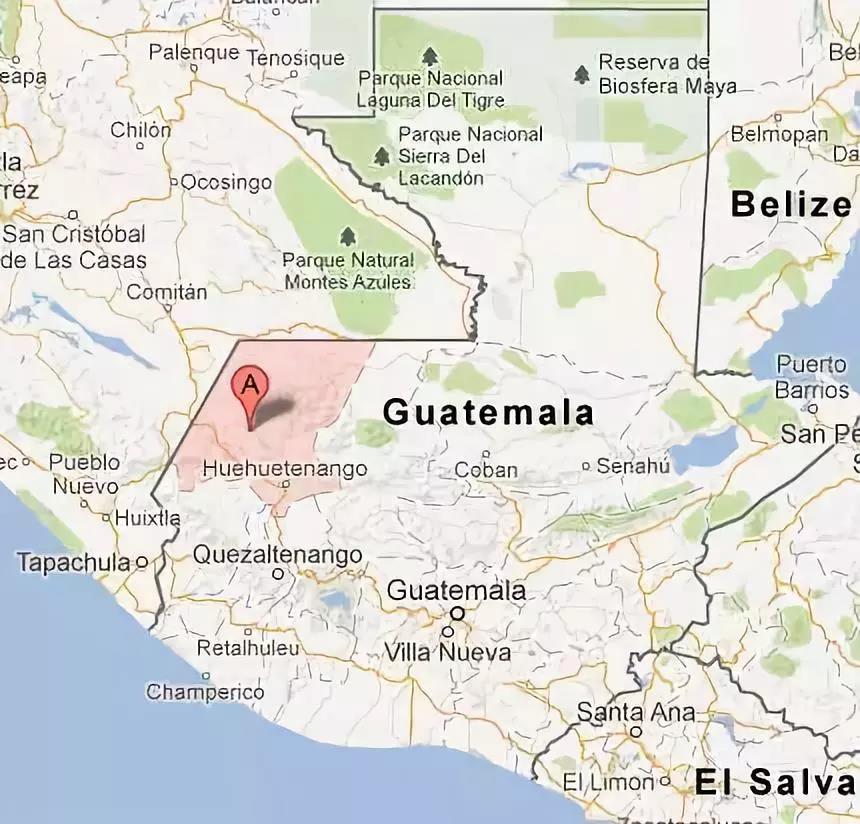
Vivette Nan Fruit is located in the highlands of northwestern Guatemala and is planted at an altitude of 1800 Murray 2100 meters. it is the highest coffee producing area in the country and is famous for producing high quality beans. Due to the large number of rivers and lakes in Guatemala, the Vivette Nanguo region is rich in mountains and water resources, dry climate but abundant water resources, and complete water conservancy facilities in the region, coffee is mostly washed and processed.
[Ladisha] Farahan producing area
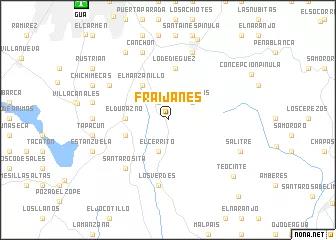
Volcanic soil, high altitude, humid and rainy climate, active volcanic activity. The Pacaya volcano in the region is the most active of the three still erupting volcanoes in Guatemala, making the Farahan Plateau often shrouded in a thin layer of dust and plenty of minerals for the soil, the rainy season comes earlier than other areas, blossoms earlier, and the dry coffee beans are the sunny season on the Farahan Plateau.
Altitude
[flower God]: altitude: 1850m
[Polsa]: altitude: 1500 m
[Ladisha]: altitude: 1675 meters
Variety
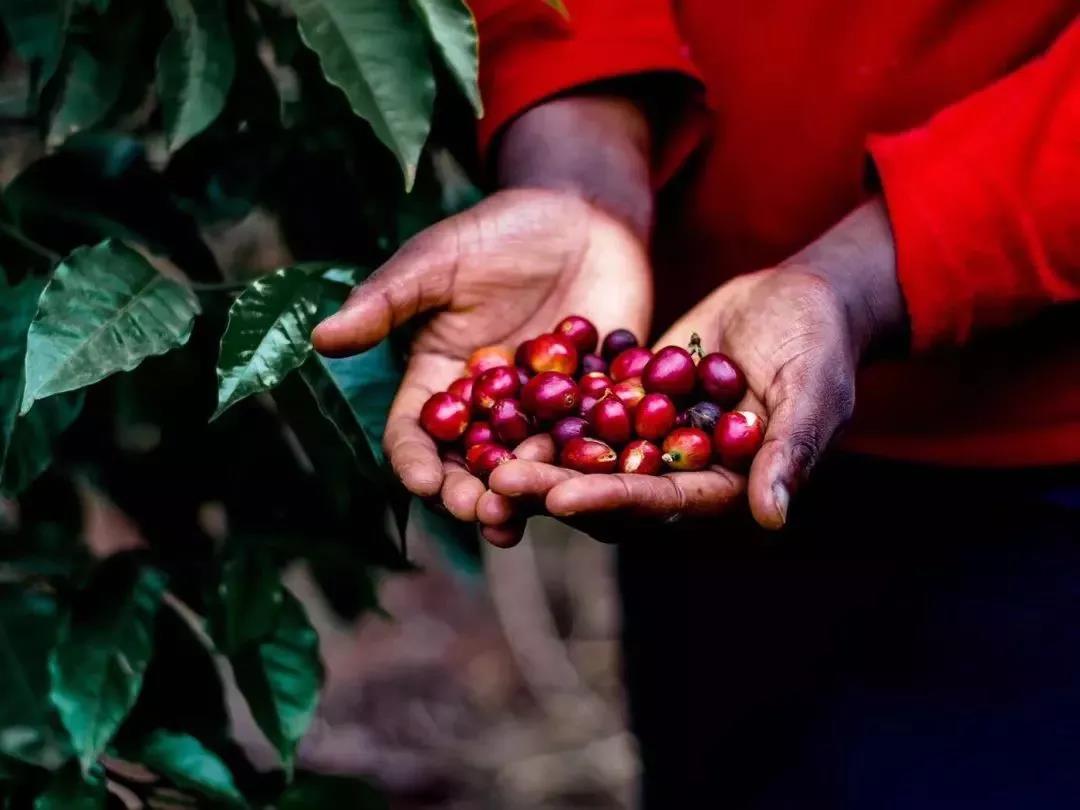
[God of Flowers]: bourbon, Kaddura, Kaduai
Kaddura has a sour taste of lemon or citrus, which is not as sweet as Tibica and bourbon in terms of sweetness, because Kaddura's sweetness depends on the number and dose of fertilizer applied by growers, and has high production capacity, but continuous fertilization and pruning are necessary to maintain production capacity, so the trees are short and branched. Although production capacity has increased, production is still limited because it takes two years to harvest and the cost of care is high.
[Polsa]: Pacamara variety
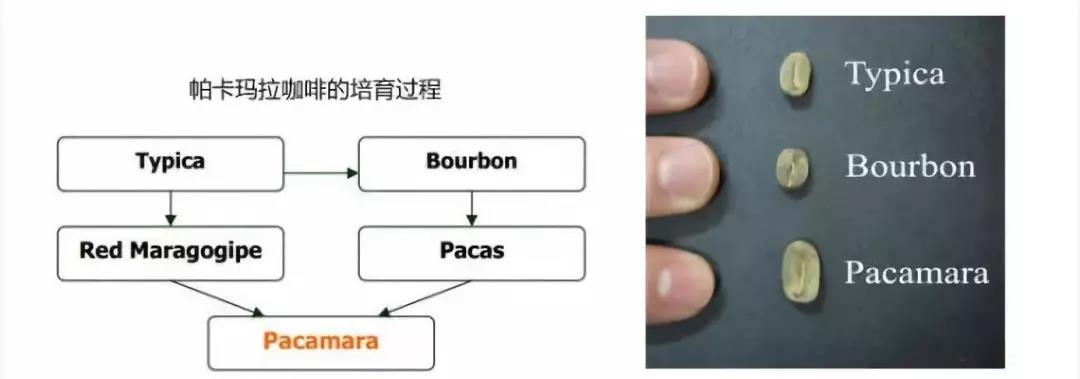
Pacamara is a hybrid of Pacas Pacas and Marago Rippi Maragogype. First bred by researchers in El Salvador in 1958, the Pacamara is a rare artificial breeding of excellent varieties, with both the excellent taste of Pacas and the large size of Maragogype, and the bean body is at least 70% and 80% larger than that of beans. The biggest characteristic of this variety is that it is sour, lively and tricky, sometimes biscuit and sometimes fruity, with excellent thickness and grease.
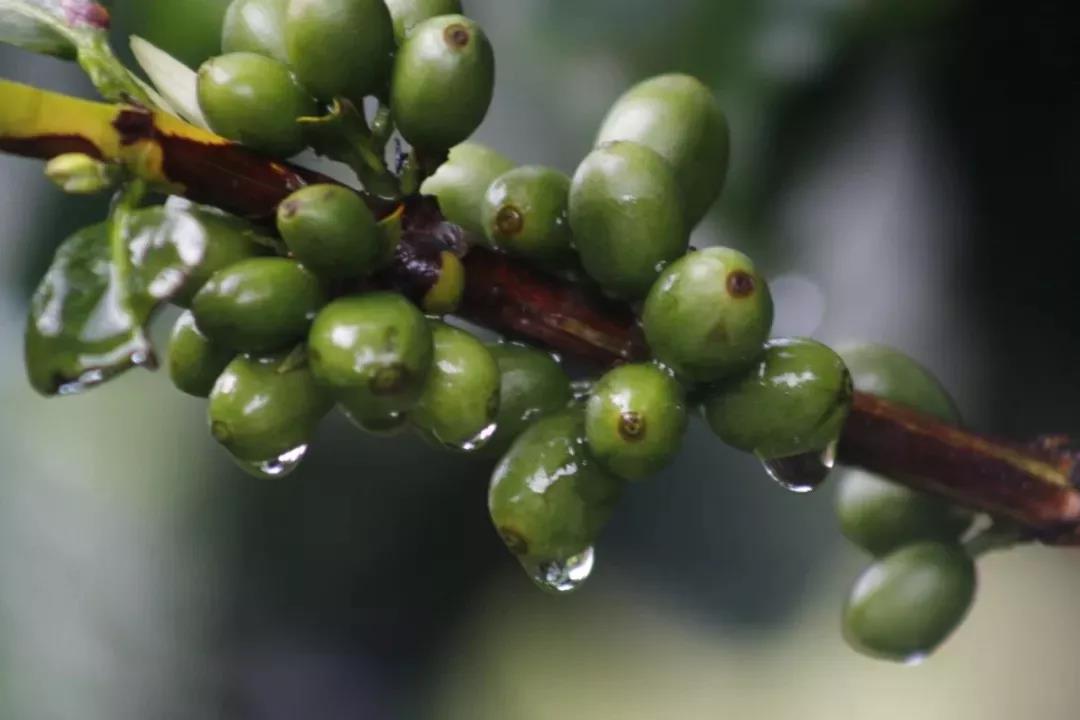
[Ladisha]:
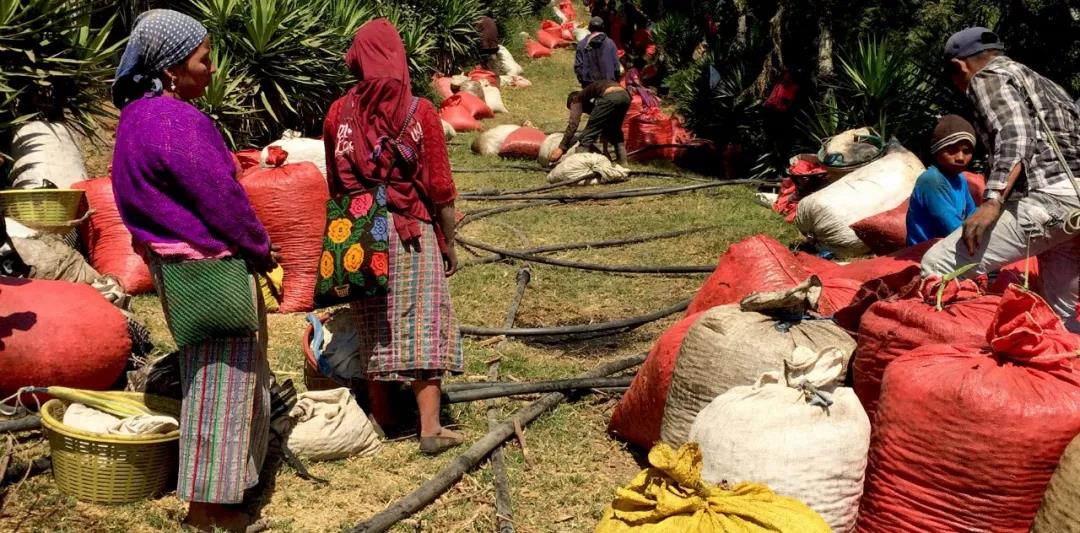
Bourbon, Kaddura; bourbon and Ironka are the oldest coffee varieties in existence, and the green fruit appears bright red when ripe. The varieties with broad leaves, dense growth and low yield have high-quality taste, like the sour taste of red wine and sweet aftertaste. Coffee bean particles are large in shape, uniform in size, uniform in color and shiny. In order to facilitate harvesting, farmers will trim coffee trees to no more than 150 centimeters.
Treatment method: washing method
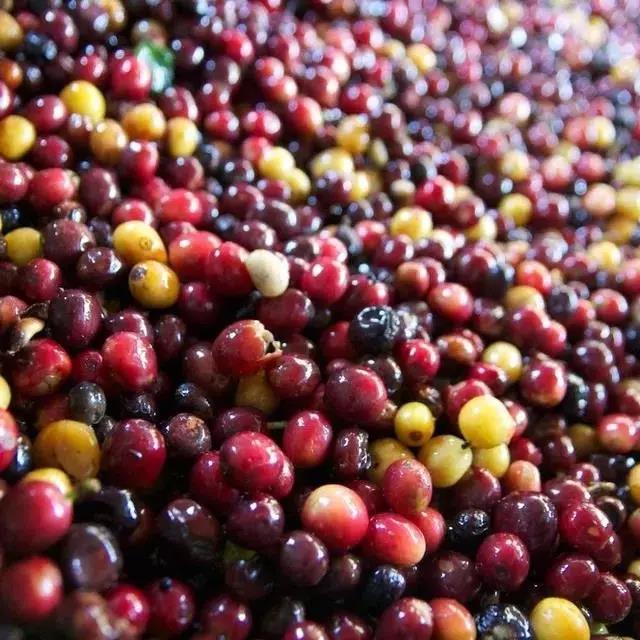
Pour the coffee beans into a large tank to remove the underdeveloped floating beans; remove the peel and pulp and put them into the fermentation tank for 36 hours, the fermentation bacteria will dissolve the pectin; as the fermentation bacteria and impurities will remain, they will be cleaned. The flavor shows obvious acidity and higher cleanliness.
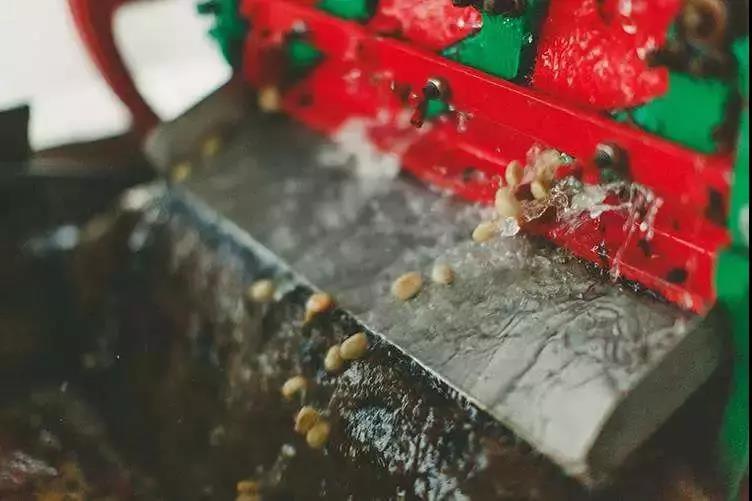
Bake analysis:
[flower God]: develop 1: 50 "after an explosion, put into the pot at 195.3 degrees."
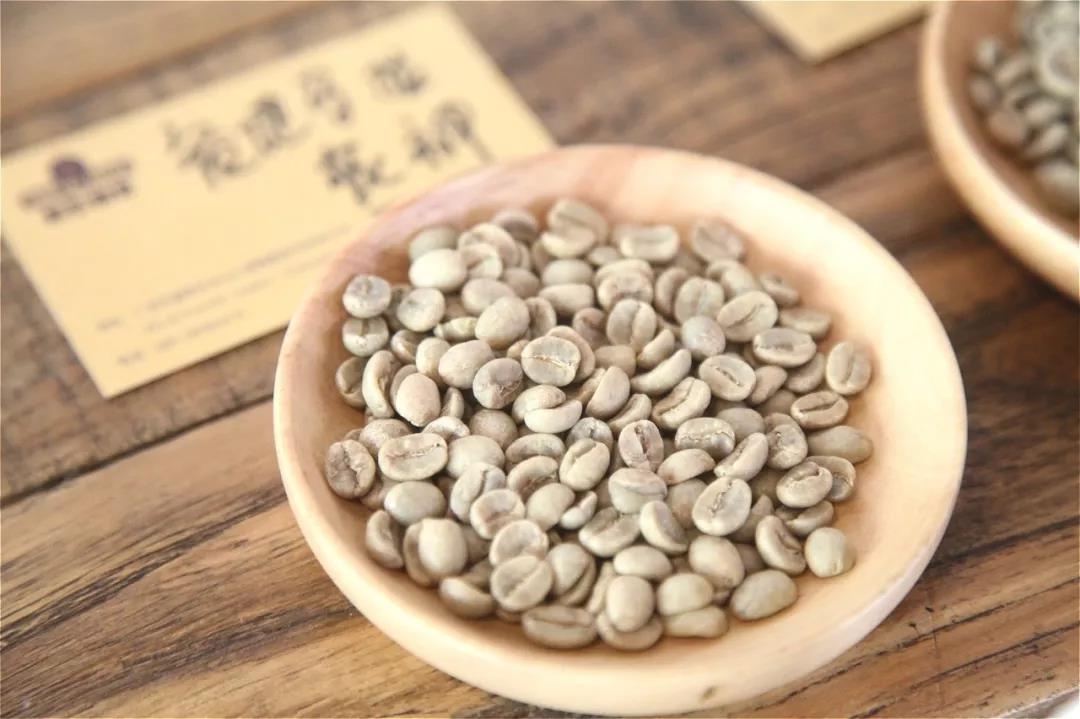
Huashensheng bean body is round, green and yellowish, with good evenness and medium moisture content. The goal of baking is medium baking. On the one hand, it retains the bright acidity to show the aroma of flowers and fruits, and on the other hand, it improves the richness and balance.
The bean temperature is 200 degrees, and the firepower is relatively large. In the process of baking, it is found that this bean has a higher altitude and harder bean quality. in order to retain more sour aroma, the baking method of pulling high temperature and early explosion is adopted to adjust the firepower before the bean enters the yellowing point, dehydration and explosion to avoid the burns of the bean surface, and choose to come out of the oven in 1 minute and 50 seconds after the end of the explosion to shorten the caramelization reaction time and retain more flower and fruit fragrance.
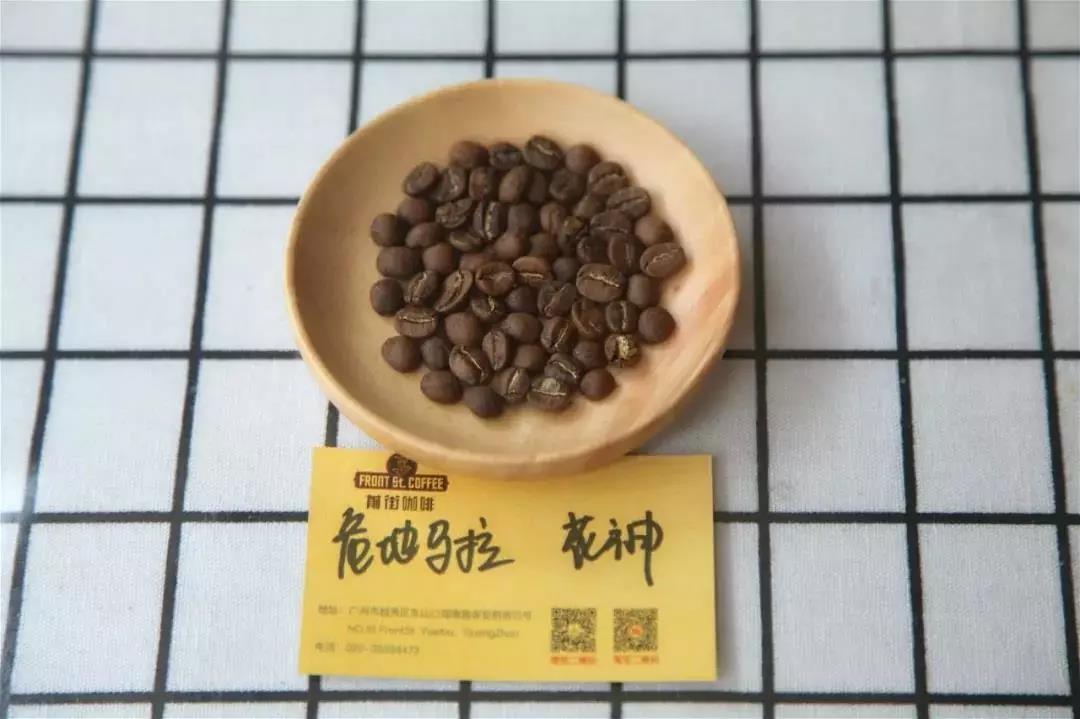
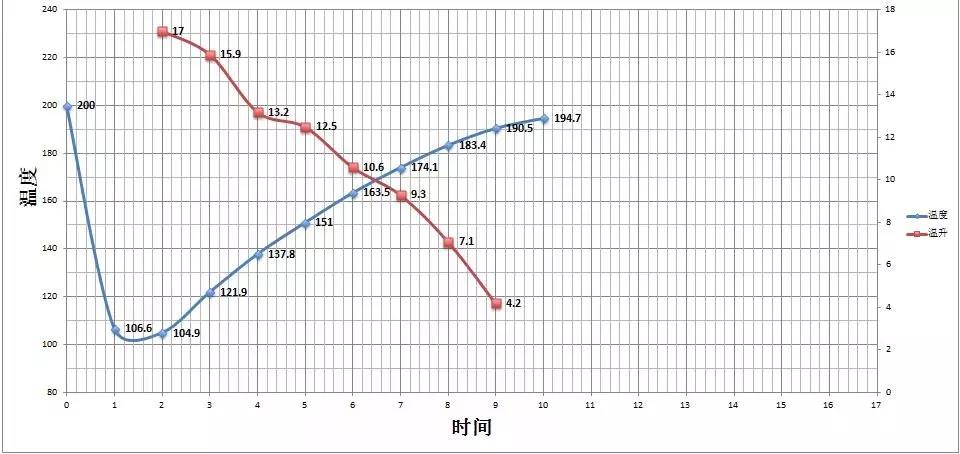
[Polsa]: develop 1: 50 "after an explosion, put into the pot at 194 degrees."
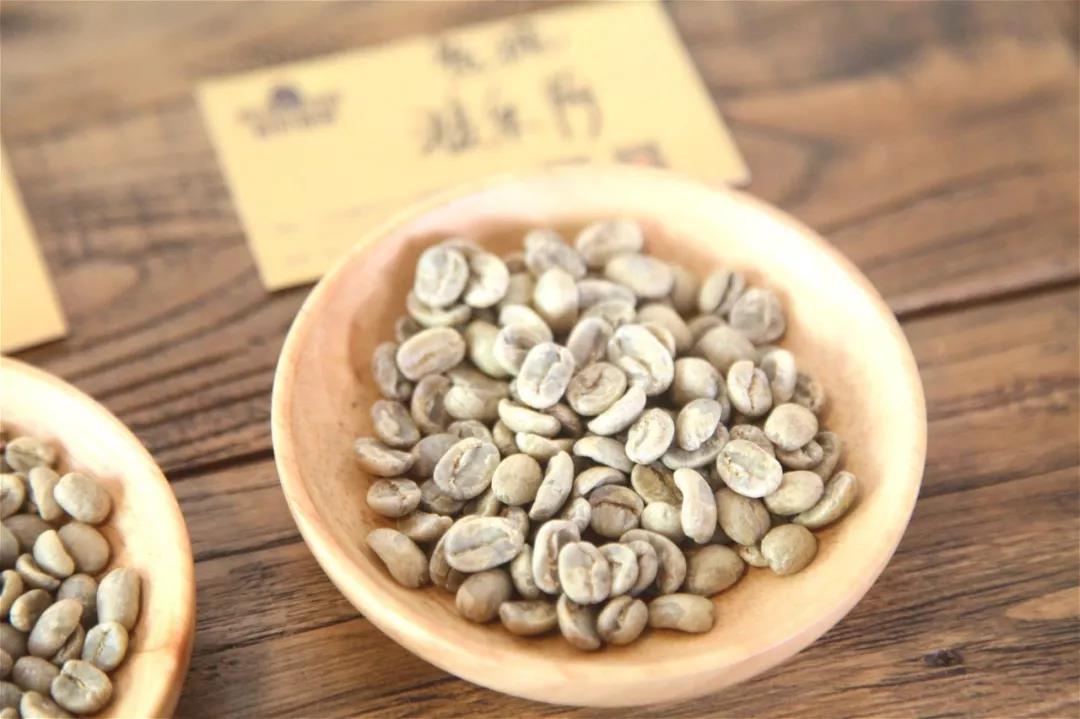
The granule of giant bean [Pacamara] is relatively large, and the density is higher, and the moisture content of the newly produced kidney bean is higher. The heat absorption is also relatively fast in the baking process, and the Mena reaction process is also relatively fast. The yellowing point is about 5 minutes, the bean temperature is 200 degrees Celsius, and the firepower is also relatively increased. In the baking process, the firepower is gradually adjusted according to the need. In the bean into the yellowing point, dehydration completed, an explosion precursor respectively adjust the firepower to avoid bean table burns. Under this operation method, the dehydration time of coffee is relatively shortened, the heating rate is 6-8 degrees every 30 seconds, and enters an explosion earlier, preserving more flower and fruit aroma, clean and bright acidity.
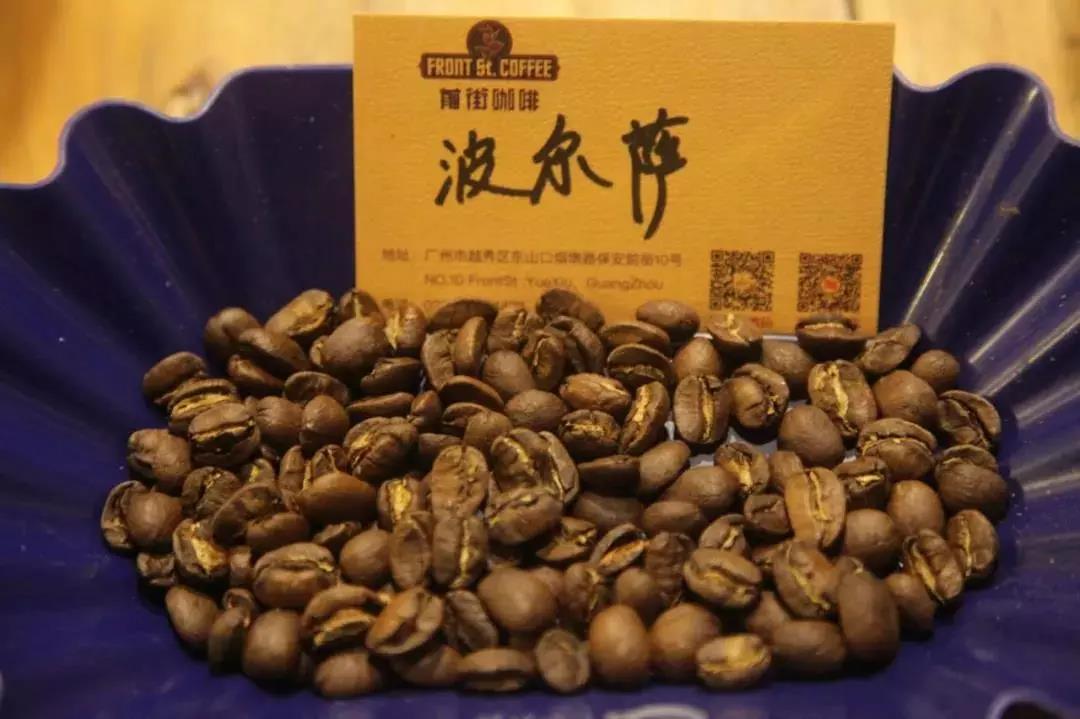
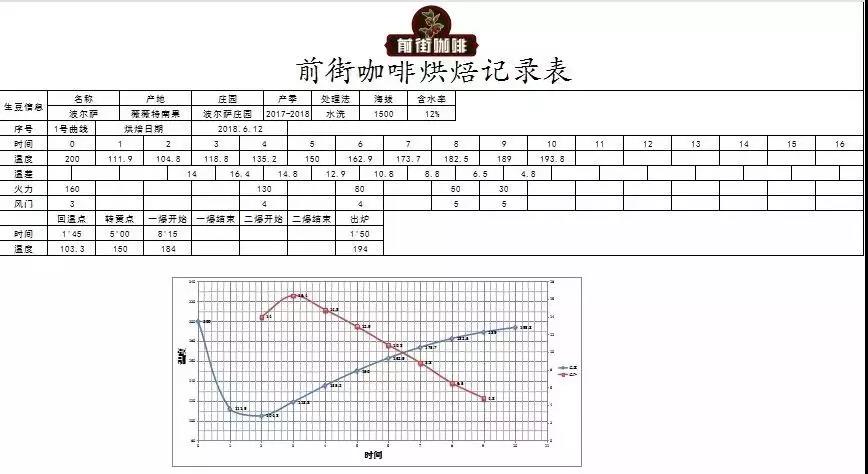
[Ladisha]: after an explosion, the development is 330 ", 197 degrees into the pot.
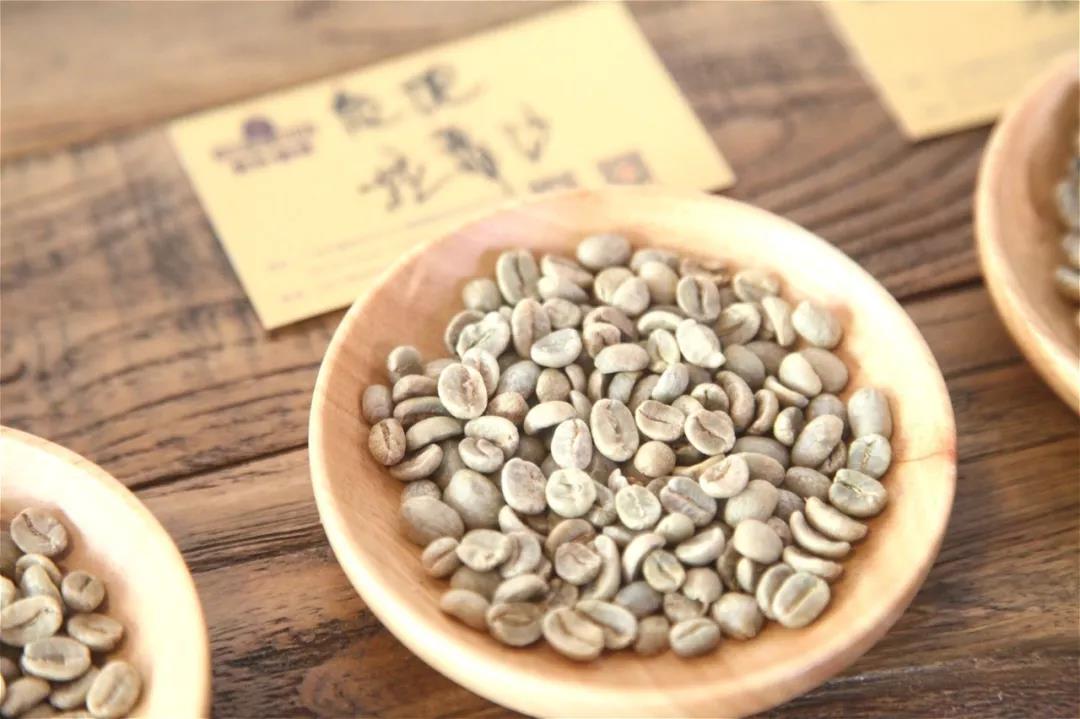
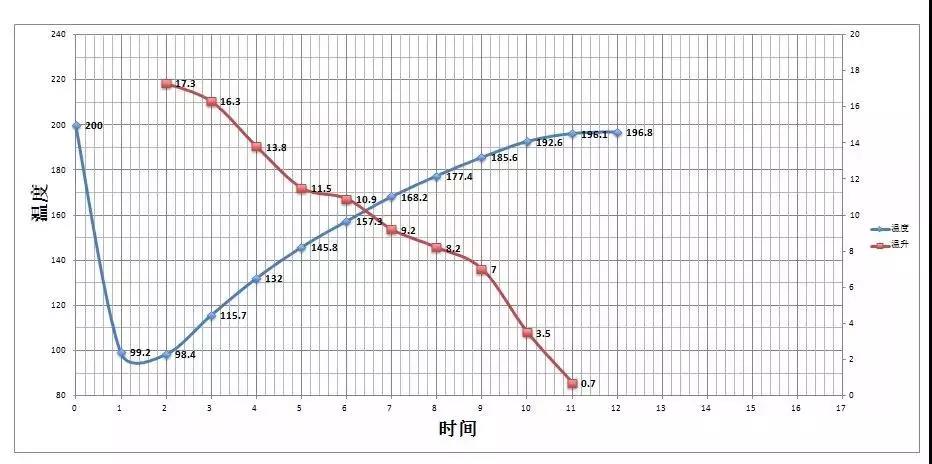
Latisa is a combination of two varieties of raw beans with different densities, so when raw beans with different densities are mixed, the release temperature is set on the basis of bourbon seeds.

Bake analysis:
What they have in common: Guatemala has the smell of smoke and caramel
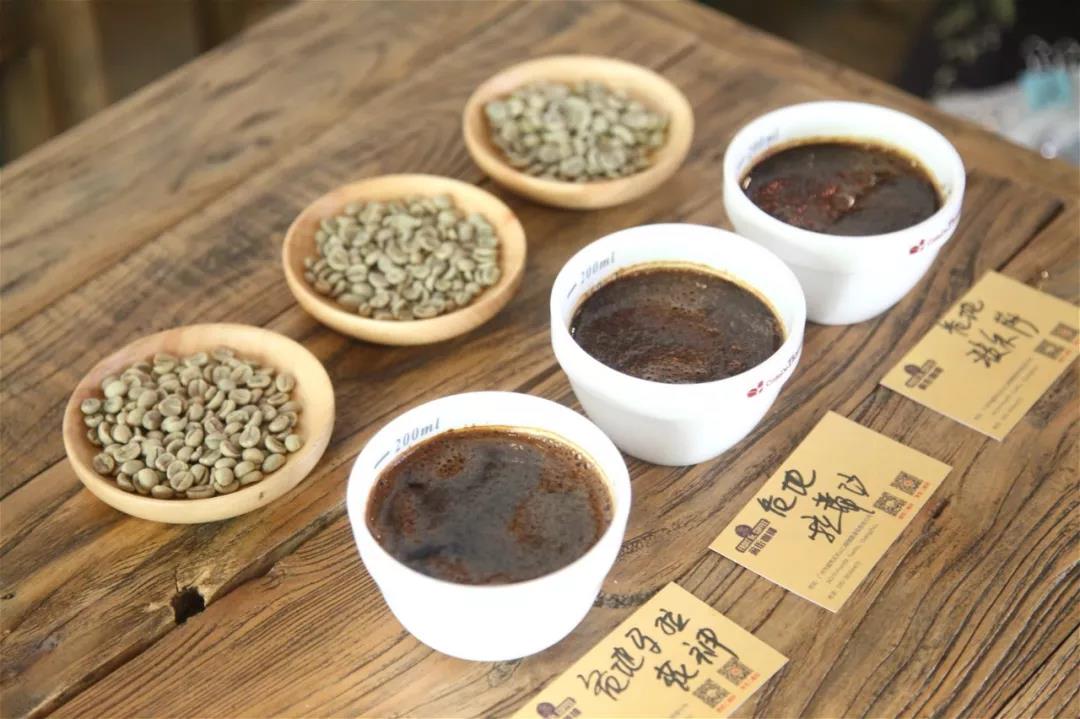
1. All three beans are washed with water, which is also SHB grade. After the explosion begins, the firepower is lowered to allow the beans to react fully and produce more caramel flavor.
2, the explosive development time of [Flower God] [Polsa] is very close. in order to retain more of its flower aroma and fruit acid, we will drink the sour aroma of citrus and plums in the cup test, which will wear away this kind of fruit flavor after a long time of development.
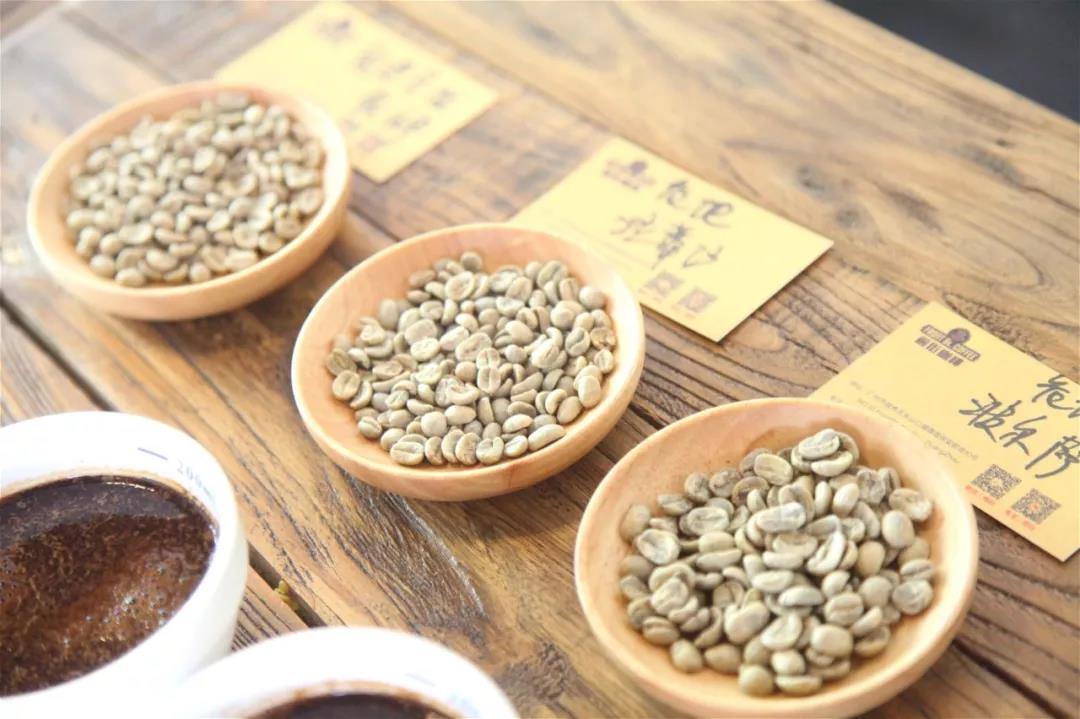
Differences:
There is still a slight difference in baking. Polsa has longer dehydration time, Pacamara species, larger body size, the more surface area of a single bean, the more calories can be absorbed at the same time, and the easier it is to enter the bean core. At the same time, it is also necessary to provide more calories for beans to absorb heat. On the other hand, slender beans are more likely to produce black focus because there is too much heat accumulated at both ends of the coffee beans to pass into the bean core, but it also takes more time for the heat to be transferred from the bean surface to the bean core. At the same time, the temperature rise should not be too high, especially before the start of the explosion, it is necessary to lower the temperature rise and slowly enter the explosion, so that the caramelization reaction is more fuller. If the rhythm of baking beans with large particles is too fast, there will be this kind of external coke caused by the burnt bean core on the bean surface.
On the other hand, the baking time of [Latisha] is longer, and the development time of baking is too short, which will leave more woody and unripe fruit flavors, and the taste is not smooth enough. In order to highlight its unique nutty, caramel sweetness and smoky flavor, choose a longer development time, while giving the bean core plenty of time to develop enough to produce a more round and balanced flavor.
The cup tests the flavor:
[flower God]: citrus acid is obvious, sour juice, rich flower aroma, pleasant sweetness, medium mellow, slightly caramelized and smoky in the back, pure, mild, smooth texture, balanced and lively layered taste.
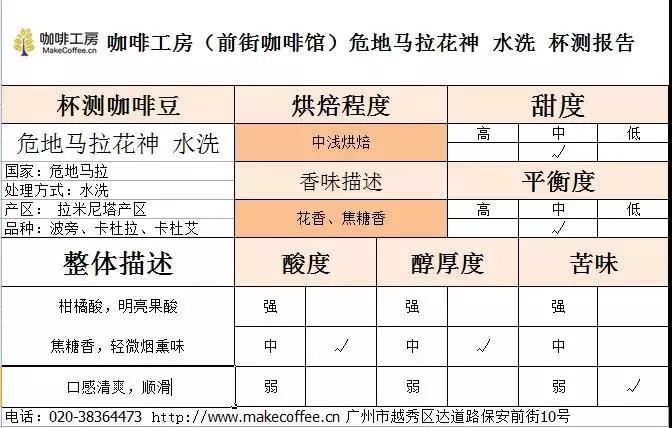
[Polsa]: the sweet and sour taste is obvious and soft, with sour flavors of lemon, passion fruit and plums, with the aroma of brown sugar, and the taste is constantly changing with the change of temperature.
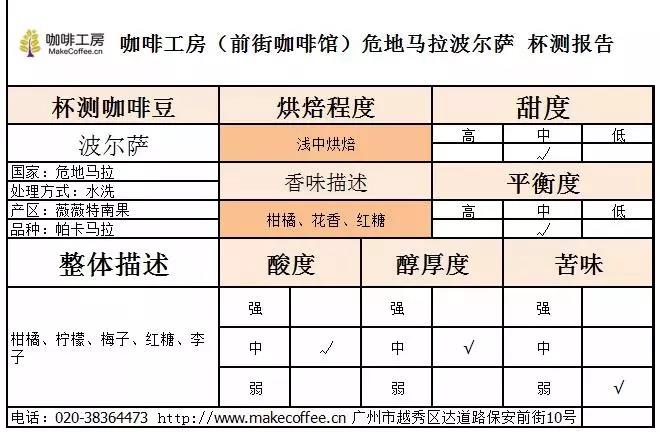
[Ladisha]: soft acidity, well-balanced taste, mellow thickness, caramel, chocolate flavor and slight smoky flavor.
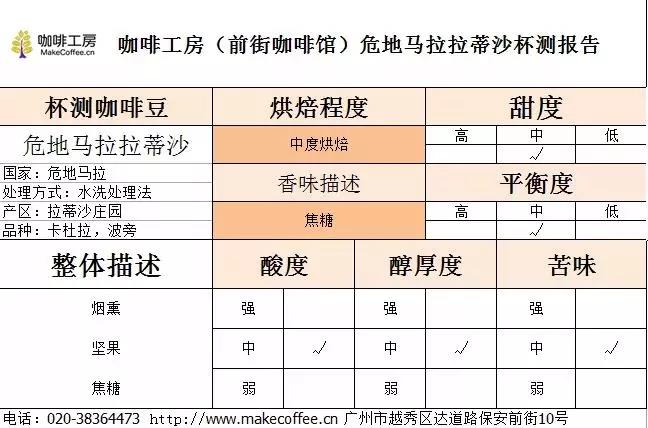
Although the three Guatemalan beans are all SHB grade, the baking concept will be fine-tuned according to the bean species, flavor display, heating state, etc., with the focus on finding suitable roasting methods while keeping the coffee beans tasty.
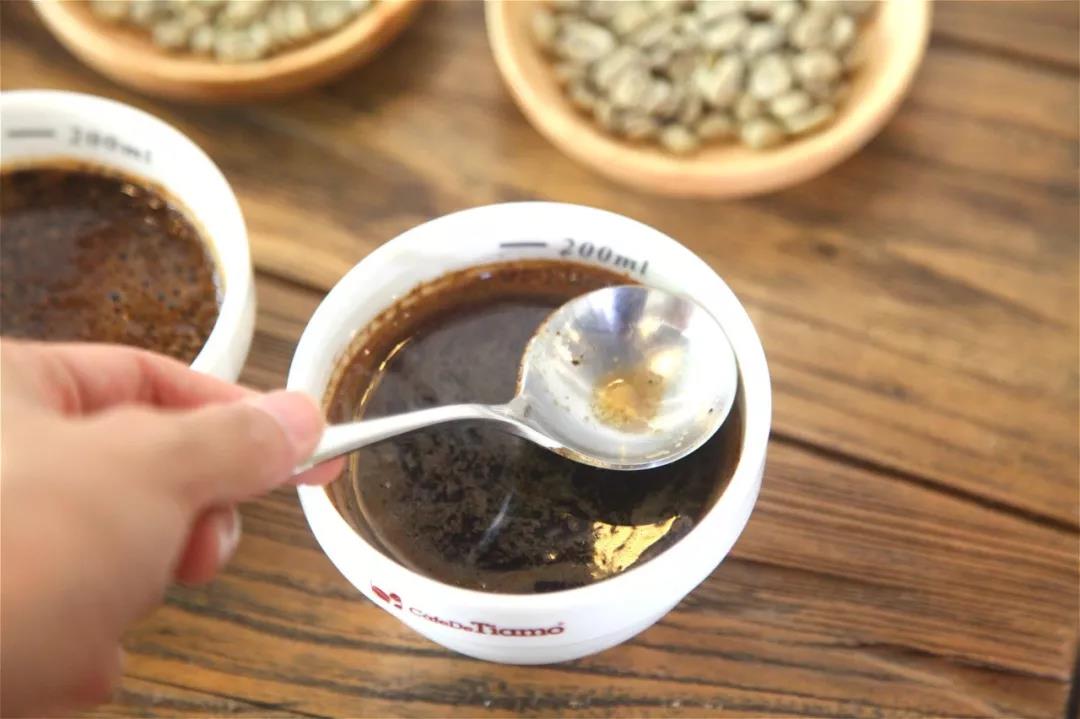
Important Notice :
前街咖啡 FrontStreet Coffee has moved to new addredd:
FrontStreet Coffee Address: 315,Donghua East Road,GuangZhou
Tel:020 38364473
- Prev
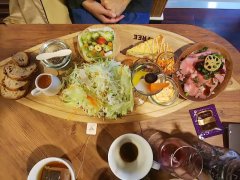
This coffee shop in Japan is super luxurious afternoon tea. How do dessert and coffee go together?
For more information about coffee beans, please follow the Coffee Workshop (Wechat official account cafe_style) & TREE is established through the cooperation of two well-known stores in Chiba, Noen Caf é and Sennen no Ki, Sennen no Ki is a shop specializing in handmade Baumkuchen cakes. The cafe restaurant has Scandinavian design. You can do it in a
- Next
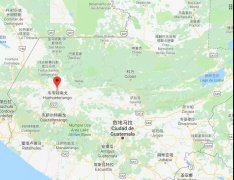
Vivette South Fruit producing area | beans characteristics and baking ideas of Pacamara | how to bake Polsa?
Professional coffee knowledge exchange more coffee bean information please follow the coffee workshop (Wechat official account cafe_style) Vivetna Fruit Coffee discussion | Pacamara flavor characteristics and baking adjustment ideas sharing yesterday we introduced Guatemala's more famous coffee producing areas and representative coffee beans, today we are aimed at one of the producing areas of high-quality coffee: Vivetna fruit
Related
- Detailed explanation of Jadeite planting Land in Panamanian Jadeite Manor introduction to the grading system of Jadeite competitive bidding, Red bid, Green bid and Rose Summer
- Story of Coffee planting in Brenka region of Costa Rica Stonehenge Manor anaerobic heavy honey treatment of flavor mouth
- What's on the barrel of Blue Mountain Coffee beans?
- Can American coffee also pull flowers? How to use hot American style to pull out a good-looking pattern?
- Can you make a cold extract with coffee beans? What is the right proportion for cold-extracted coffee formula?
- Indonesian PWN Gold Mandrine Coffee Origin Features Flavor How to Chong? Mandolin coffee is American.
- A brief introduction to the flavor characteristics of Brazilian yellow bourbon coffee beans
- What is the effect of different water quality on the flavor of cold-extracted coffee? What kind of water is best for brewing coffee?
- Why do you think of Rose Summer whenever you mention Panamanian coffee?
- Introduction to the characteristics of authentic blue mountain coffee bean producing areas? What is the CIB Coffee Authority in Jamaica?

